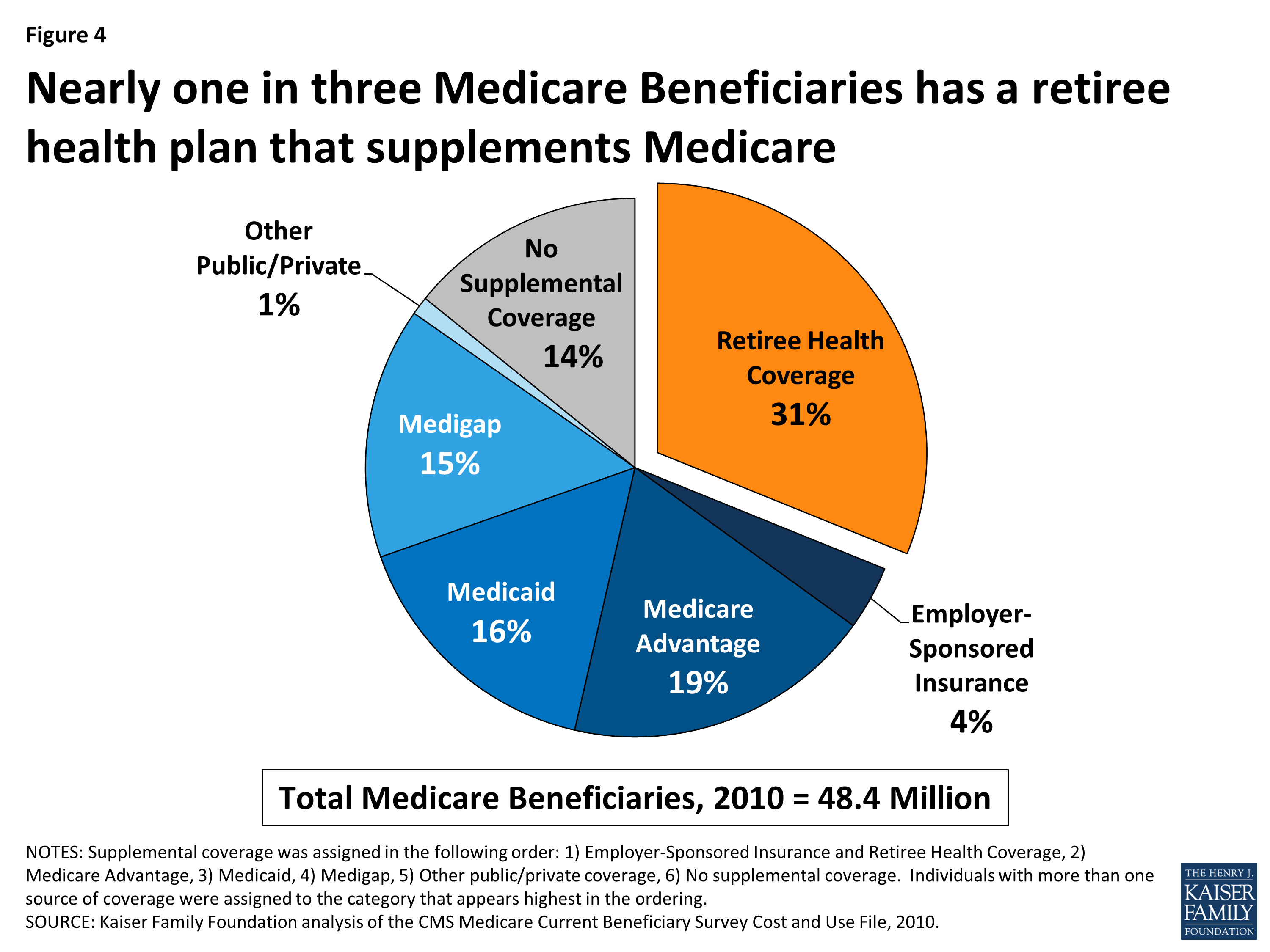What Does Medicare Advantage Agent Do?
What Does Medicare Advantage Agent Do?
Blog Article
The 7-Minute Rule for Medicare Advantage Agent
Table of ContentsMedicare Advantage Agent Fundamentals ExplainedGet This Report on Medicare Advantage AgentThe 2-Minute Rule for Medicare Advantage Agent


follows from adheres to the relatively young fairly profile of the uninsured with without insurance better health, on average, of younger personsMore youthful For those without accessibility to work environment health insurance, poor health is a possible obstacle to buying nongroup coverage due to the fact that such protection might be highly valued, omit pre-existing problems, or be simply inaccessible. Unless or else kept in mind, nationwide estimates of people without wellness insurance coverage and percentages of the populace with different kinds of insurance coverage are based on the CPS, the most extensively made use of source of estimates of insurance coverage and uninsurance rates.

An Unbiased View of Medicare Advantage Agent
The connection in between wellness insurance policy and access to care is well developed, as documented later on in this chapter. The partnership in between health insurance coverage and wellness results is neither straight nor easy, an extensive professional and health services study literary works links health and wellness insurance policy coverage
to improved better accessibility care, better much better, and improved boosted individual population populace wellnessStanding The 2nd report, on individual health outcomes for uninsured adults, is represented by the inner circle of the number, while the 3rd report, on family wellness, incorporates the topics of the second report yet highlights a different device of analysis, specifically, the family.
It concentrates especially on those without any type of wellness insurance for any size of time. The problems dealt with by the underinsured are in some aspects comparable to those encountered by the without insurance, although they are usually less severe. Uninsurance and underinsurance, nevertheless, involve noticeably various policy concerns, and the methods for resolving them might differ. Throughout this research study and the five records to adhere to, the primary focus is on persons with no health and wellness insurance policy and therefore no assistance in spending for healthcare beyond what is available via charity and safety internet establishments. Medical insurance is an effective element influencing invoice of care since both individuals and doctors react to the out-of-pocket cost of solutions. Medical insurance, nonetheless, is neither required nor sufficient to access to clinical solutions. Nevertheless, the independent and direct result of health and wellness
insurance coverage on accessibility to her comment is here health and wellness solutions is well established. Others will certainly acquire the wellness treatment they need also without health insurance, by paying for it out of pocket or seeking it from providers that provide care free or at very subsidized prices. For still others, medical insurance alone does not ensure invoice of treatment since of various other nonfinancial barriers, such as a lack of healthcare service providers in their community, limited access to transport, illiteracy, or linguistic and social distinctions. Formal research study concerning uninsured populations in the USA dates to the late 1920s and very early 1930s when the Committee on the Expense of Medical Care generated a series of reports regarding funding physician office brows through and hospitalizations. This try this concern ended up being salient as the numbers of medically indigent climbed up during the Great Clinical depression. Empirical studies constantly support the web link between access to care and enhanced health and wellness results(Bindman et al., 1995; Starfield, 1995 ). Having a regular source of treatment can be considered a forecaster of access, instead of a direct step of it, when health outcomes are themselves made use of as accessibility indicators. This extension of the concept of gain access to measurement was made by the IOM Board on Keeping Track Of Access to Personal Healthcare Services(Millman, 1993, p. Whether parents are insured appears to affect whether their youngsters get treatment in addition to just how much careeven if the kids themselves have protection(Hanson, 1998). The health of moms and dads can affect their ability to care for their children and the degree of family members stress. Fretting about their kids's accessibility to care is itself a source of stress and anxiety for parents. Three phases adhere to in this record. Phase 2 gives a summary of exactly how employment-based medical insurance, public programs and specific insurance policies operate and communicate to offer substantial yet incomplete protection of the united state population. This consists of an evaluation of historic trends and public laws impacting both public and private insurance, a conversation of the communications among the various sorts of insurance, and an evaluation of why individuals relocate from one program to one more or wind up

Report this page